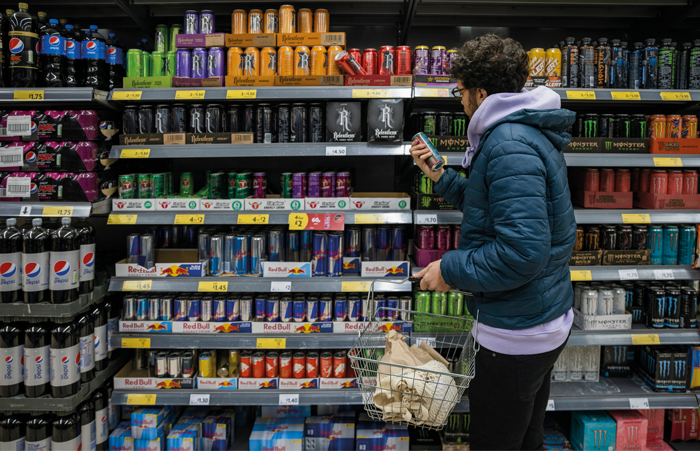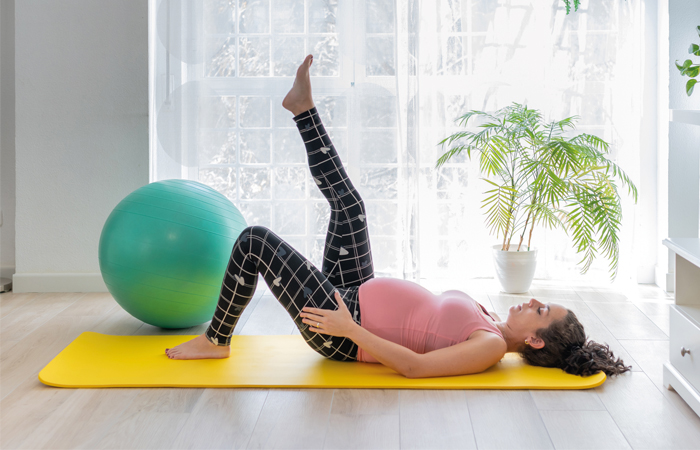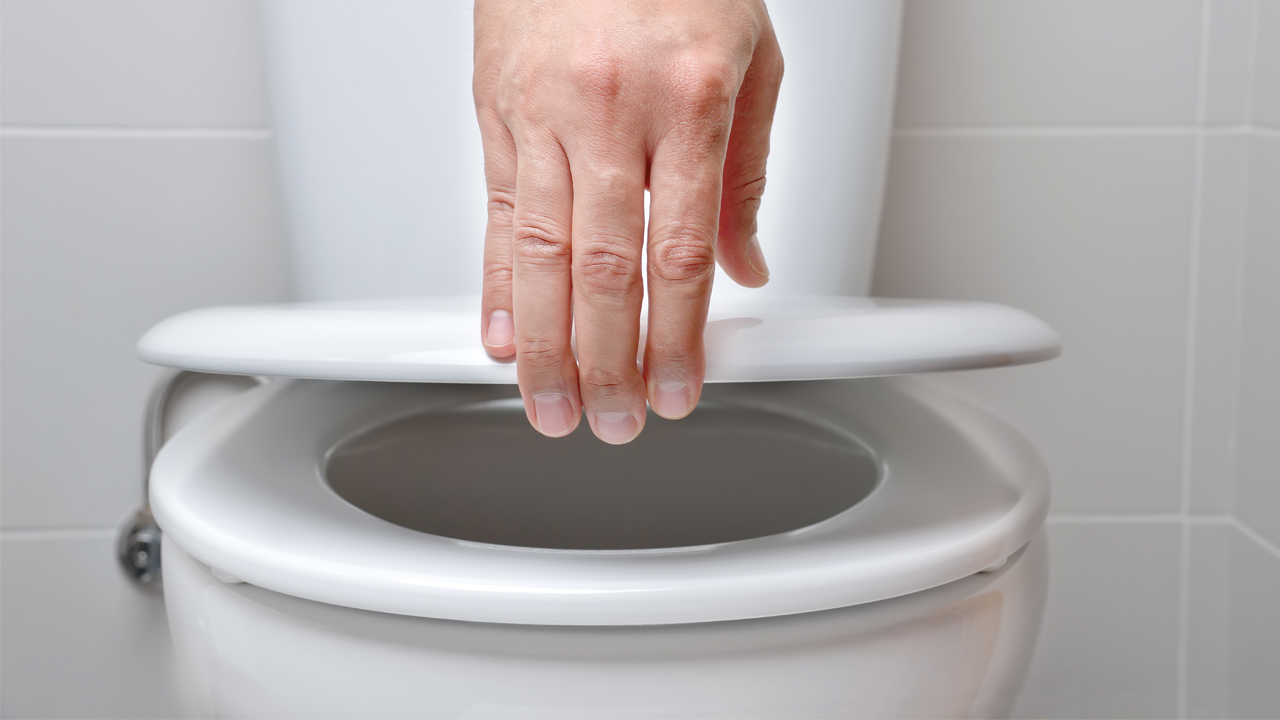In OTC
Follow this topic
Bookmark
Record learning outcomes
Most people don’t talk about incontinence – or if they do, it is in hushed tones. Yet according to the charity Bladder & Bowel UK, bladder and bowel problems affect people of all ages, having a significant impact on their day-to-day lives. Poor continence care can lead to infections, skin problems, embarrassment and social isolation, which in turn can affect work, relationships and mental health.
Many people with incontinence are reluctant to seek help from healthcare professionals or discuss their symptoms with family and friends, which is why no one knows exactly how many people in the UK are experiencing these problems on a regular basis. However, an NHS England report in 2018 found that around 14 million people in the UK are living with bladder problems – 61 per cent of men experience lower urinary tract symptoms, and 34 per cent of women have urinary incontinence. In addition, one in 10 adults has faecal incontinence.
“Improving incontinence should always be the priority to bring symptom and quality of life improvements for people with bladder and bowel leakage where possible,” says professor Nikki Cotterill, professor in Continence Care in Bristol. “The key message is it is important that incontinence is not overlooked or normalised. Opportunities for bladder and bowel symptom improvement should always be explored, either individually or in consultation with healthcare providers.”
Urinary incontinence
Most people with urinary incontinence have stress and/or urge incontinence. When both types occur together, this is called mixed incontinence.
- Stress incontinence causes leakage when coughing, sneezing, lifting or straining. It’s usually due to weak pelvic floor muscles caused by childbirth, hormone changes at the menopause or getting older. Lifting heavy items, high-impact exercise and putting on weight can put more pressure on the pelvic floor muscles and increase leaks
- Urge incontinence happens after a sudden, urgent need to pass urine is triggered by bladder muscle spasms. The cause is often unknown, but it may be due to a urinary tract infection (UTI), bladder stones, Parkinson’s disease or prostate enlargement.
Other types of urinary incontinence include:
- Overflow incontinence: being unable to empty the bladder, possibly caused by a spinal cord injury
- Functional incontinence: being unable to use the toilet in time due to poor mobility or a nerve-related condition
- Continuous incontinence: often caused by surgery or injury
- Post-micturition dribble: leakage for a few minutes after passing urine, which is often a sign of a prostate blockage.
Bowel incontinence
Bowel (faecal) incontinence occurs when people can’t control their bowel movements or their stools leak without being aware of it. This is usually caused by a weak or damaged anal sphincter muscle. Some people experience bowel leakage occasionally, while others notice it daily. They may see streaks or stains in their underwear.
Urge bowel incontinence involves a sudden need to go to the toilet without being able to reach the toilet in time. Passive incontinence is when there are no sensations before leakage, or there may be slight leakage when passing wind.
Bowel incontinence is usually a sign or symptom of an underlying digestive condition (causing diarrhoea or constipation), nervous system conditions (such as multiple sclerosis), hormonal changes or damage from childbirth or surgery. Common underlying digestive conditions include constipation, coeliac disease, irritable bowel syndrome or inflammatory bowel disease. Certain foods or drinks, such as spicy foods, alcohol, and chocolate are natural laxatives and may worsen bowel incontinence. Anxiety can be a trigger.
“Many medicines can have direct or indirect negative effects on incontinence”
Pharmacy provision
Pharmacy customers experiencing any form of incontinence for the first time should contact their GP for an assessment. To aid the diagnosis, patients should keep a diary for at least three days, on both work and leisure days, making a note of their activities, fluid and food intake and any accidents or leaks. Anyone with bowel incontinence should also see their GP if they experience a change in bowel habits (diarrhoea or constipation) that’s unusual for them.
According to research published in the Research in Social and Administrative Pharmacy journal in August 2024, community pharmacy teams are well-placed to engage with customers with incontinence, and/or their informal carers. The Pharmacy Role In the proMotion of continencE (PRIME) study, led by Professor Cotterill who has developed the free self-help CONfidence app (confidenceapp.uk), is aimed to develop a community pharmacy bladder and bowel service (PBBS). According to the study, community pharmacy may not currently be considered by patients to be a source of advice for bladder or bowel problems, yet pharmacy teams could provide education, treatment and self care strategies, along with signposting to more specialised services where required.
“By treating each patient as an individual case and being sensitive to their specific needs, concerns and comfort levels, pharmacy staff can create an environment that encourages open dialogue,” says Jacquie Lee, Numark medication safety officer and information pharmacist. “Pharmacy staff should always remember to approach conversations with sensitivity and empathy and respect customers’ privacy by conducting conversations in a private consultation room or area of the pharmacy.”
“If urinary incontinence develops suddenly and women also have pain when passing urine, customers may be eligible to be assessed and treated under the Pharmacy First service for urinary tract infections (UTIs). Pharmacy teams can also discuss incontinence products, treatments such as bladder retraining, pelvic floor exercises and lifestyle measures, and whether any symptoms could be side effects of medicines.
“Many medicines can have direct or indirect negative effects on incontinence,” says Tim Allardyce, physiotherapist and osteopath at Surrey Physio. “These include diuretics, antidepressants, calcium channel blockers and other blood pressure medications, opioids, muscle relaxants and anti-psychotics.”

Bowel and bladder incontinence can be linked to certain foods and drinks. Caffeinated drinks are a common trigger.
Piles
Piles (haemorrhoids) are swollen blood vessels inside and around the anus. They may get better on their own, but sometimes feel itchy, uncomfortable or sore. They may also cause bleeding after going to the toilet (bright red blood on the toilet paper or on the surface of stools) or a slimy mucus discharge. Sometimes piles are associated with pregnancy or long-term bowel conditions such as inflammatory bowel disease (IBD). To prevent and treat piles, it’s important to relieve constipation by eating more fibre, drinking plenty of fluids and being physically active. If lifestyle measures aren’t effective, taking fibre supplements or a mild laxative for a short time may help. Wiping with damp toilet paper, using an ice pack wrapped in a towel and having a warm bath may help to ease any discomfort from the piles. Taking paracetamol may help with any pain. Pharmacy teams can advise on over-the-counter haemorrhoid creams, ointments and suppositories. Some products contain a local anaesthetic, while others contain corticosteroids. The products shouldn’t be used for more than a few days at a time. While piles can usually be treated at home, any ongoing symptoms (especially bleeding) should be assessed by a GP.
Managing bladder incontinence
For stress and urge incontinence, simple lifestyle measures such as stopping smoking, limiting alcohol intake, reducing caffeine intake, balancing fluid intake and losing weight may help to reduce the symptoms. Women of menopausal age may benefit from prescribed vaginal oestrogen hormone replacement therapy (HRT).
“Having a varied and healthy diet can be extremely helpful,” says Suzanne, a specialist physiotherapist who created the Know Your Floors App to raise awareness and provide education around pelvic floor health. “Constipation can worsen incontinence, so keeping the bowels moving is important: soluble fibre found in fruits such as apples, plums, kiwis and pears are a good starting point. Alongside caffeine and alcohol, fizzy drinks and citrus fruits can also irritate the bladder.” Pelvic floor exercises can help to strengthen weak muscles. “It’s a good idea for everyone to try pelvic floor exercises, and you can do these without seeing a physiotherapist,” says Suzanne. “But if you’re not seeing any improvements or you’re uncertain about your technique, an appointment with a specialist physiotherapist can be extremely helpful.”
Bladder training with a pelvic health physiotherapist or continence nurse for at least six weeks may also help. “Bladder retraining involves using simple techniques to calm the bladder down and increase how much it can hold,” says Suzanne. “It can help to reduce the number of times and how urgently you need to go. The techniques include distraction, calm breathing, alongside looking at how much and what patients are drinking.”
“14 million people in the UK are living with bladder problems”
Managing bowel incontinence
The treatment of bowel incontinence depends on the underlying cause – any digestive conditions or nervous system disorders need to be treated, for example. As with bladder incontinence, certain foods can make bowel continence worse, and this will vary from person to person. Some people can tolerate a high-fibre diet, while others can’t. A GP may prescribe medicines such as loperamide to make the stools firmer and avoid any leakage, or laxatives if constipation can’t be managed with a high-fibre diet and other lifestyle measures.
Keeping a diary each day may help people monitor when their bowel is more likely to be active so they can go to the toilet in advance (often 20-30 minutes after a meal or warm drink). A specialist continence service can recommend techniques to empty the lower part of the bowel.
While pelvic floor exercises are often linked to bladder incontinence, these exercises may also be used to manage bowel incontinence. “The external anal sphincter is part of the pelvic floor,” says Tim. “Working on your pelvic floor muscles can help to improve the tone around your back passage, helping to reduce or manage bowel incontinence. Strengthening your pelvic floor is like strengthening any muscle. It just needs repeated practice to build the tone and strength. When the pelvic floor muscles are strong, this can help to reduce and manage leaking.”
If other management approaches aren’t effective, or the symptoms are severe, surgery may be advised. Surgical treatments include repairing the anal sphincter muscles, creating a stoma (a small opening with a pouch outside the body to collect stools) or nerve stimulation.

Pilates and pelvic floor exercises can help to strengthen pelvic floor muscles and reduce stress incontinence.
Pelvic floor exercises
Both women and men have pelvic floor muscles. These muscles form a sling at the base of the pelvis, stretching from the front to the back. They support the pelvic organs – bladder, uterus, vagina and bowel – and play an important role in preventing bladder and bowel leakage. Pelvic floor exercises (also called Kegels) can be effective at preventing or reducing bladder and bowel incontinence. There are several ways to exercise the pelvic floor. One way to do this is to sit, stand or lie down with the knees slightly apart and imagine you are stopping yourself from passing wind and urine at the same time, slowly squeezing and lifting the relevant muscles. It’s normal to feel a gentle tightening in the lower tummy, but the buttocks and legs need to remain relaxed. People need to do both short quick squeezes and long held squeezes to strengthen the muscles. The exercises need to be done regularly, and it can take a few months to see the benefits. Customers can download a pelvic floor exerciser app to remind themselves how to do the exercises, when to do them or build up a programme. Their GP can also refer them – or they can self-refer – to a specialist physiotherapist for individual advice and support.
OTC support
Pharmacy customers may ask about absorbent incontinence liners, pads and/or pull-up pants to deal with any leakage. Pharmacy teams (and customers) can use the evidence-based Continence Product Advisor website (continenceproductadvisor.org) to understand the pros and cons of different products (including disposable versus washable) and which ones will suit that customer’s lifestyle and level of leakage. Some people may need different products for different situations, such as larger pads for long journeys, active days or on days when they’re not near a toilet, and smaller pads to change frequently for a more discreet option. Most products are designed to be used for bladder leakage, so it’s important to check which products are suitable for bowel leakage as well.
“Ensure you are stocking a range of products suited to different customers,” says Jacquie. “It’s important to remember that there are continence products for men, which are designed with consideration of the differences in male anatomy to females. Women can sometimes rely on sanitary pads to manage incontinence symptoms, but pharmacy staff can recommend a wide range of discreet continence products, which are more appropriate and effective.”
For people with severe or regular leakage, continence clinics and district nurses may be able to arrange for a supply of incontinence products to be prescribed on the NHS, or funding towards continence care needs. The availability of this service will depend on the local integrated care board (ICB) and a patient’s eligibility (assessed individually by specialist continence nurses and physiotherapists).
Skincare is important in incontinence management, as regular leakage and pad wear can cause soreness. “Excess moisture on the skin can lead to redness, peeling and, in some cases, infections,” says Jacquie. “A good cleansing routine is key to prevent skin irritation, and customers can choose from a wide range of specially-formulated, gentle products including wet wipes, dry wipes, cloths, cleansers and mousses. Once cleansed, the area should be dried thoroughly using a patting technique rather than rubbing. A barrier cream can be used to add an extra layer of protection and relieve sore skin.”

